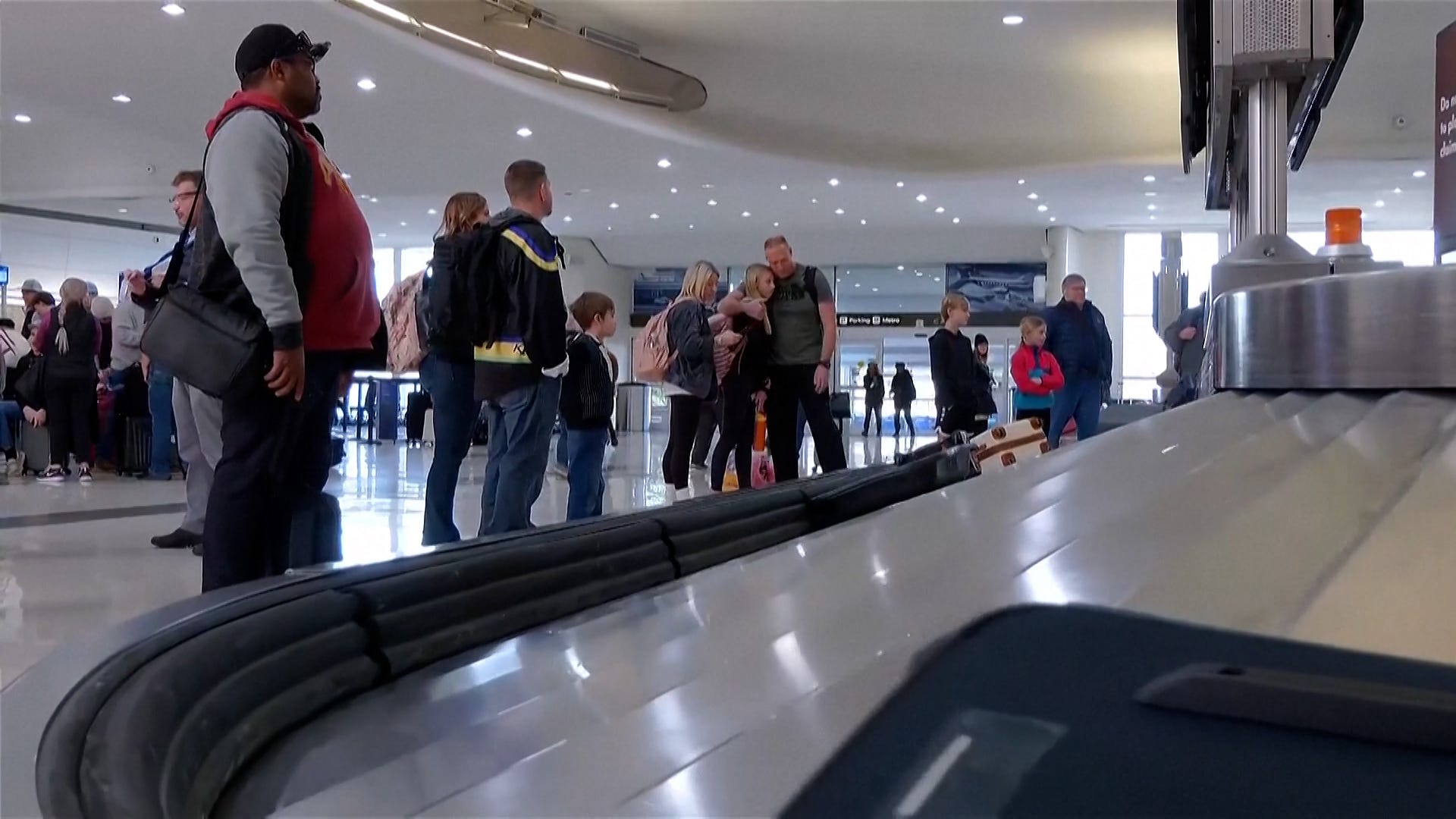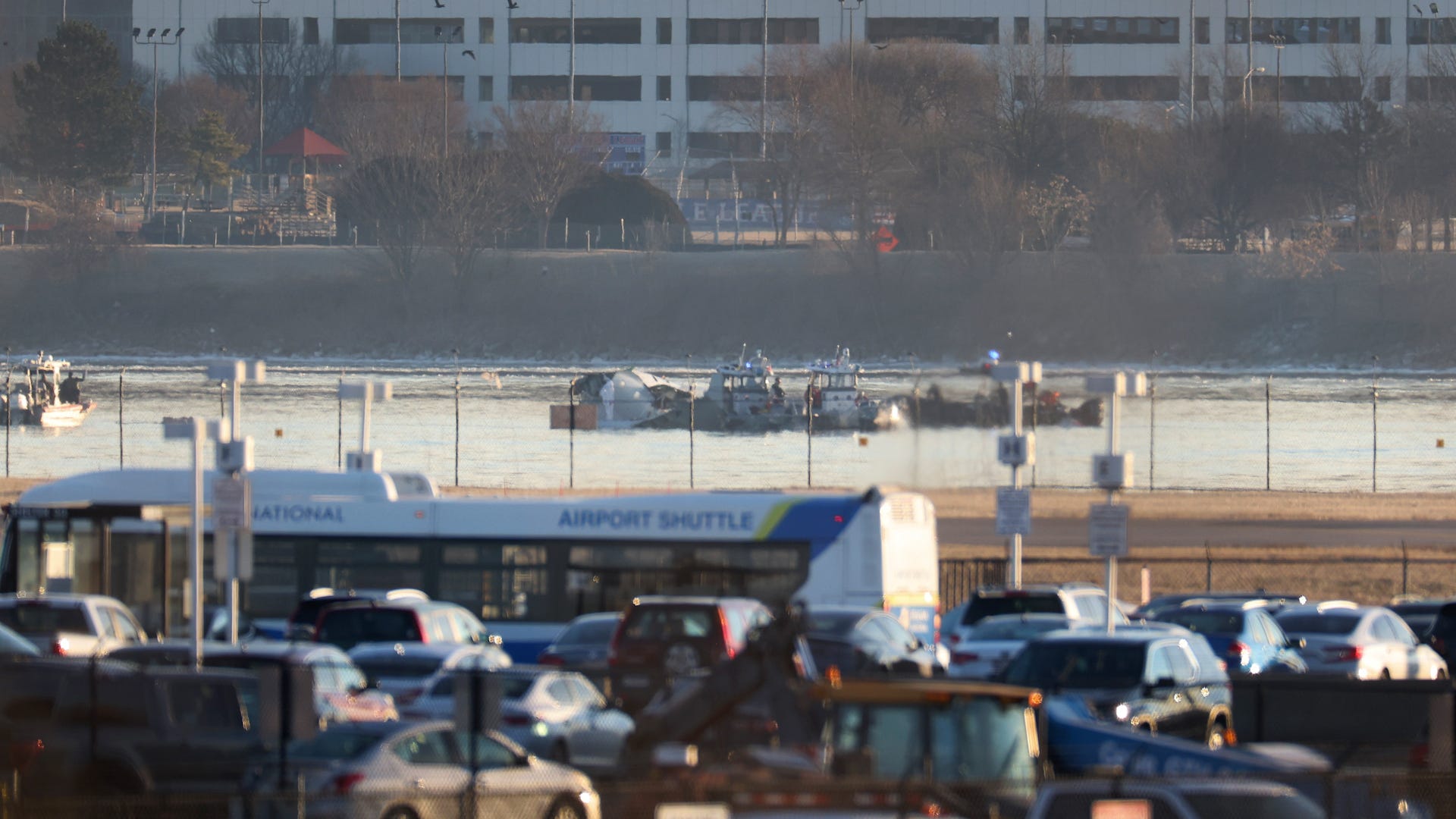Rate Of Near-midair Collisions Are Higher Around Dca. What Does That Mean For Travelers?

- Ronald Reagan National Airport has a higher than average rate of near-midair collisions, with a third involving military aircraft.
- Experts caution that the raw number of near-misses doesn't necessarily indicate a safety issue, as the definition can include incidents where planes are a significant distance apart.
- DCA's airspace is uniquely constrained by security concerns, compressing traffic and leading to more potential interactions.
The number of near-midair collisions involving military aircraft around Ronald Reagan National Airport (DCA) is higher than the national rate. While this could cause concern among air travelers, aviation experts say the numbers don't indicate flying is unsafe.
Last week saw back-to-back fatal airplane crashes, one being a mid-air collision between an American Airlines passenger jet and a U.S. Army Black Hawk helicopter by Washington, D.C.'s DCA. All 67 people onboard both aircraft were killed in the incident – marking the first fatal crash of a U.S. commercial plane in about 15 years.
There have been 30 records of near-midair collisions since 1987 around DCA, with one-third of those incidents being military aircraft-related and seven including helicopters, according to the Federal Aviation Administration's Near Midair Collision (NMAC) Reporting Program, which is mainly a self-reported database of over 8,700 reports across the country. Nationally, 23% of NMAC reports involve military aircraft.
"It’s important to keep a little bit perspective, for a lot of folks 30 aircraft sound like a lot but it’s almost over 40 years," said Philip Mann, an assistant professor at Embry-Riddle Aeronautical University in Florida.
NMACs, formerly called near-misses, are defined by the FAA as "an incident associated with the operation of an aircraft in which a possibility of collision occurs as a result of proximity of less than 500 feet to another aircraft," or when a pilot, crew member or even passenger reports "a collision hazard" between two or more aircraft.
Mann said this could cause "a little bit of fuzziness."
"There could still be a football-field-and-a-half distance between the two (aircraft) and they could be side-by-side," he said. "If you come a foot inside of that, you've had a near miss."
DCA airspace – one of the busiest in the nation – is also highly unique due to the prohibitive areas that aircraft can't fly over, such as the White House, for security reasons.
"It compresses the traffic into smaller areas and there is a lot of helicopter traffic in Washington, D.C., more than you’d see in any other metropolitan areas," said Mike McCormick, a former FAA director of safety and operations for air traffic control towers and associate professor at Embry Riddle Aeronautical University in Florida.
"These numbers in and of themselves don't tell us anything, it’s the detail analysis that goes into these events that will tell us," he said.
The FAA said it investigates each reported incident to enhance "the safety and efficiency of the National Airspace System." The FAA did not immediately respond to USA TODAY's request for comment.
Air travel on U.S. commercial airlines continue to be the safest form of transportation, and the industry will look at last week's two fatal crashes to build upon safety recommendations.
"The fact that these incidents make the news means that they’re so rare that they’re still notable," said Mann.


